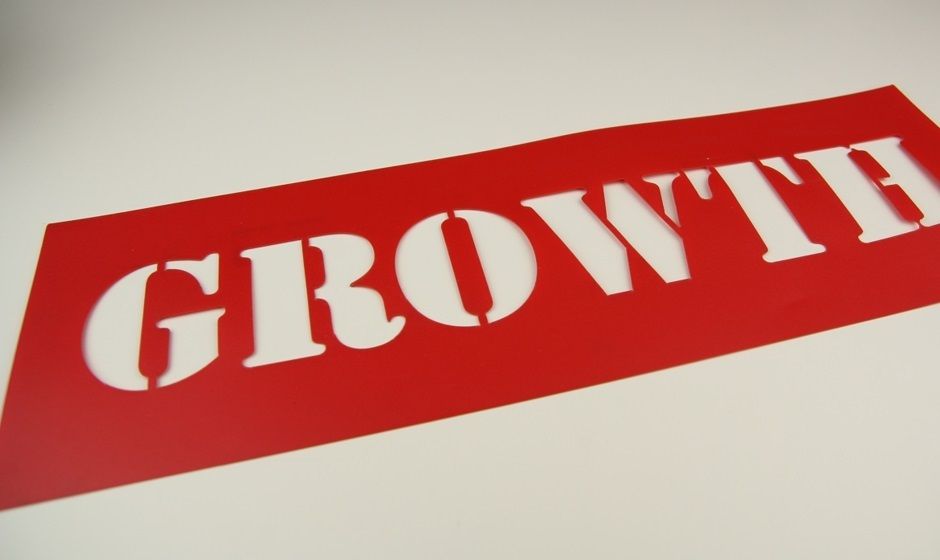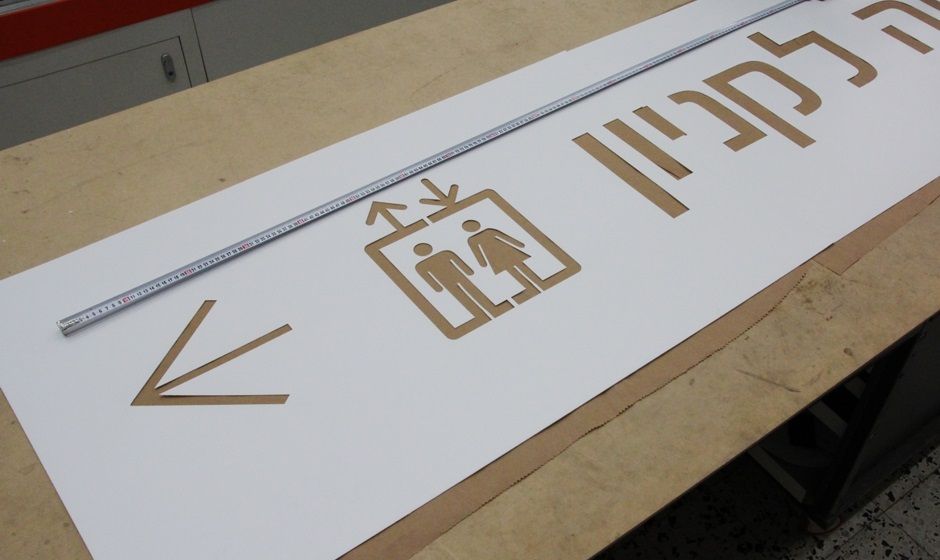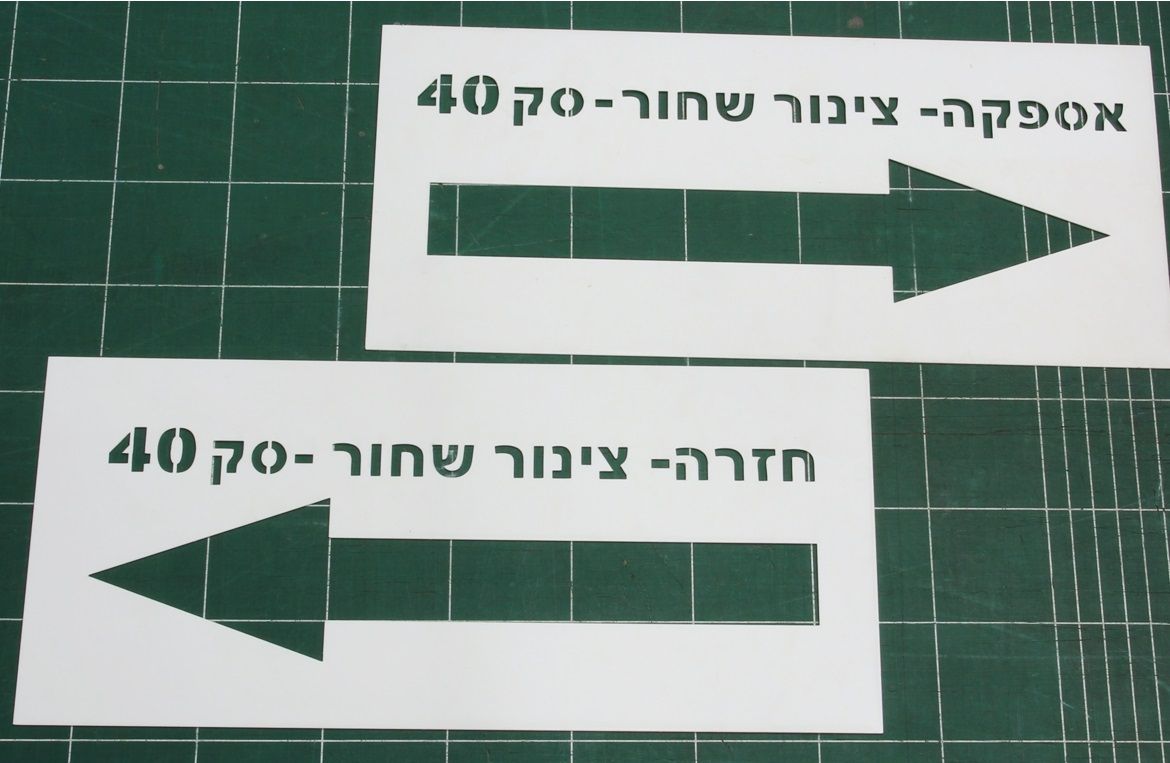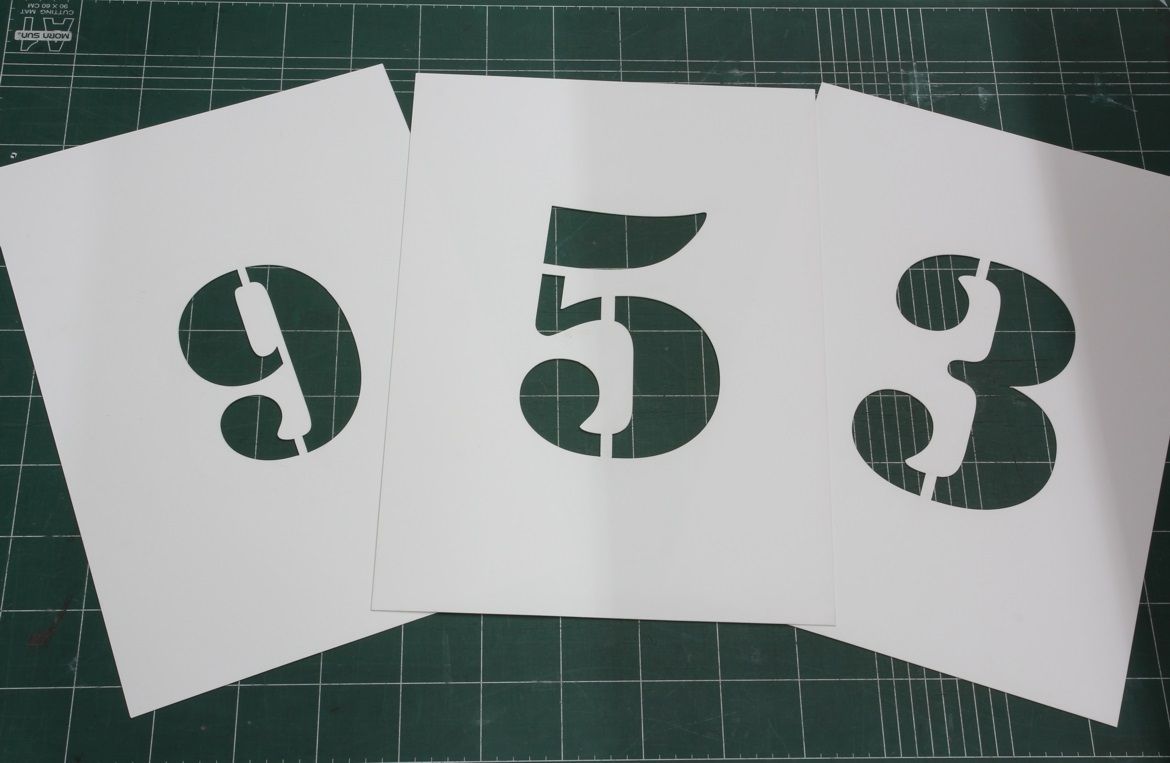Stencils for wall painting - all you need to know
In the previous articles, "Laser cutting of stencils" and "wall stenciles with Laser cutting", we briefly reviewed the common uses and varied needs of using the stencils in general. In this article, we will focus on the ways of painting and present tips for comfortable, fast and clean work that will yield good coverage on different surfaces.
There are many cases in which we want to paint using a stencil:
- When it is important to obtain accurate coloring.
- When you need to repeat a pattern (for example, when you want to create textures).
- In cases where uniformity of painting is important.
- In cases where the speed of the painting is important - the template sets clear boundaries and enables rapid application that requires no skill.
Stencils for painting - Examples of common uses:
Painting walls, floors and ceilings
In the world of paints, the most common use of the laser cutting technology is in the area of creating stencils for wall paint. Paint decorations can be found in living rooms, bathrooms and toilets, but the most common use is to paint children's rooms. Sometimes it is possible to make a delicate decoration that repeats itself in a number of times on the wall, or along a decorative line at a certain height. At times it is possible to create a new figurative world with different drawings that spread over large parts of the wall. Another common use is the painting of texts and quots on walls. Stencils are also used to paint on existing flooring to create the effect of colored tiles. In this way, large surfaces can be "paved" by repeated use with the same stencil, when the decoration is repeated and integrated in the way colored tiles are integrated.

laser cutting of stencil for painting walls according to a drawing file
Industry
The industry has diverse needs ranging from small labels to mobile items, poll markings, medium stencils for marking cardboard and wooden boxes, metal enclosures, plastic containers, and other large labels for marking floors, parking lots and airport landing strips.
Containers
Marking containers with paint spray through stencil is a quick solution for marking the container. Applying The paint allows the container to be updated frequently with new and correct information in a clean and accurate manner of any size. It is recommended to use magnetic stencils for a quick and accurate work.
Decoration
The field of decoration is a wide area in which the variety of stencils is large, ranging from stencils for the baking and confectionery industry, through art and leisure, and in all areas of design: landscape and garden architecture, interior design, jewelry design, product design and of course the world of graphic design. The private user will also find many uses of the questionnaire for his personal needs in his home environment.

Laser cutting of stencils for parking lots signing
Automotive
Use of coloring stencils in the vehicle industry is used by coloring artists to create precise lines and paint defined shapes, either by means of an air brush or using a standard brush. The labels used in these cases are usually stickers or magnets in order to enable good adhesion to the corrugated tin parts, thus renewing the appearance of the vehicle, hiding rust and color stains, and more.
For more examples of stencils uses - click here.
Steps in the implementation of the Stencils:
Preparing the surface for painting
Each surface reacts differently to the paint and each paint has different adhesion ability suitable for different surface types. Before placing the stencil and applying the paint, check the surface's ability to receive the paint well. Materials such as silicon and polypropylene are known as "paint rejectors" and require specific ways of painting.
Cleaning
Cleaning the surface is a basic and necessary thing for paint retention and durability over time. It is necessary to remove dust and grease, which creates a separation between the paint and the painted surface and prevents its adhesion. Sometimes detergents or even solvents such as acetone or alcohol are needed to remove various substances. Dust can be removed with a slightly damp cloth. Of course, it is recommended to perform the cleaning before placing the stencil so that it is not damaged. The cleaning also makes it easier to attache the stencil when it comes to as a sticker stencil.

Laser cutting of Stencils for tube marking
Preparation for the first paint layer / background
There are stencils where the background is an important component in presenting the resulting picture. In cases where the background is crucial in the graphics, the background texture should be painted before applying the final stencil. You can use another stencil to paint the background graphics and then let it dry before applying the graphic stencil. It is important to wait the correct amount of time letting the background paint to dry between painting the second stencil.
Positioning of the Stencil
The stencil should be placed in the area, needed to be paint, as necessary and fixed to the surface in order to eliminate unnecessary movements, sometimes caused by air pressure (spray painting) or accidental movement. For painting surfaces such as walls and ceilings, it is recommended to use a vinyl adhesive tape, a magnetic sticker (if the surface is metallic) or a sticker that can be attached with adhesive.
Applying the paint
Paint can be applied with spraying, patting or with a brush / brush, as needed.
 Laser cutting of Stencils for painting on a wall or on pavement
Laser cutting of Stencils for painting on a wall or on pavement
Removing the stencil
At the end of the painting process, the stencil should be removed gently so as not to damage the exposed areas that have been painted just now and to remove the parts that left free of paint. Some of the painting materials allow the removal of the stencil after a long dry (paint without adhesive) and without damaging the graphics.
Reuse the stencil
Some of the stencils can be reuse for many times. In these cases, the mold should be cleaned with paint residues with neutral materials that do not harm the stencil itself and do not distort it. In order to prolong the life of the stencil, it is best to store it in a shaded area without dust.
